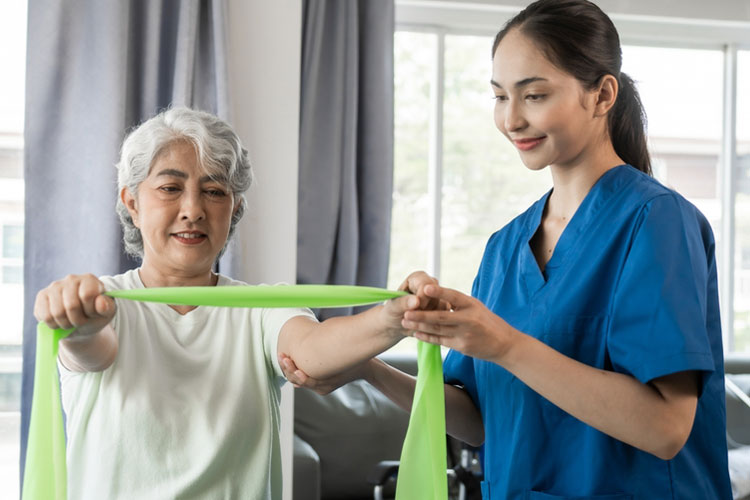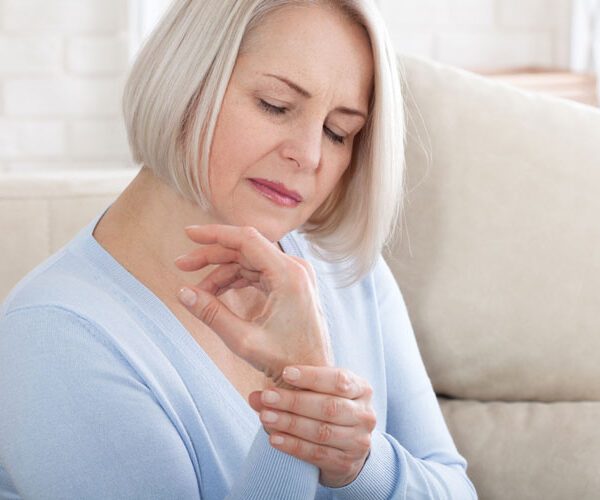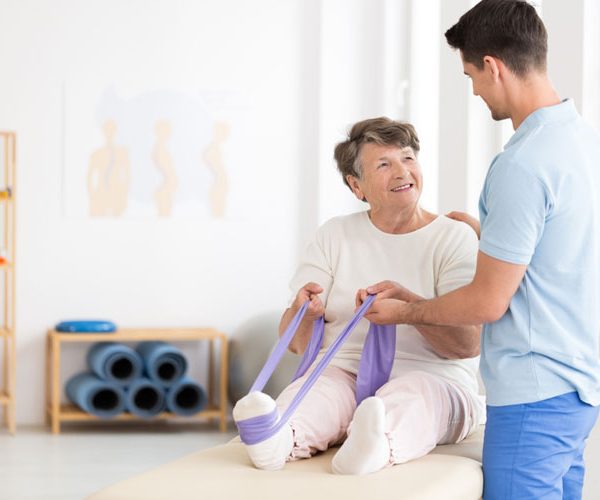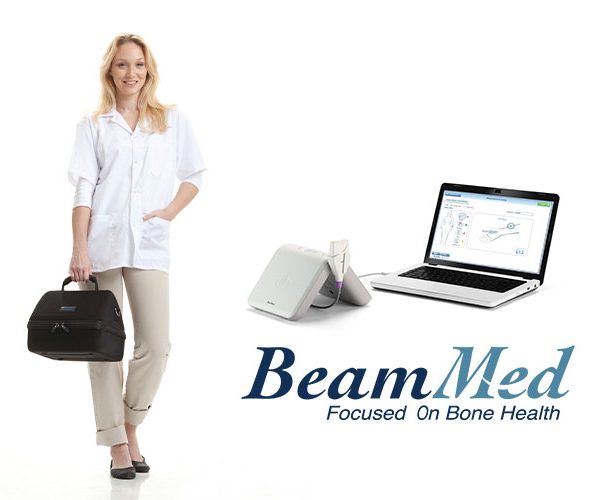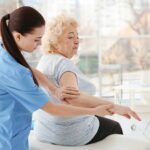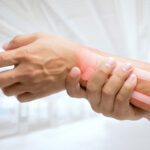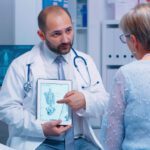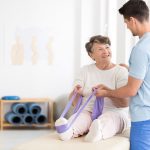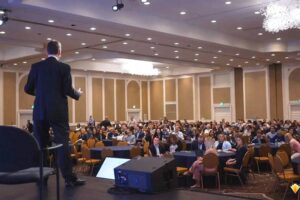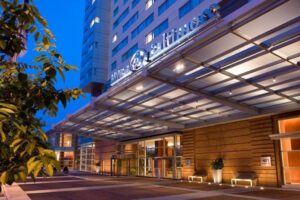As the crisp autumn leaves give way to the winter chill, the change in season brings with it a reminder of the need for vigilance in preventing falls and increase Bone Health in the Elderly. Falls are a significant health concern for older adults, often leading to fractures, reduced mobility, and a decline in overall well-being. Healthcare professionals can help keep seniors safe and independent by recommending effective fall prevention strategies, helping patients understand the intricate relationship between bone health and fractures, and leveraging bone density screening to mitigate the risk of serious injuries and disability.
Understanding the Impact of Falls on the Elderly
Winter conditions can exacerbate the risk of falls among the elderly, making preventive measures even more critical. Fractures, particularly hip fractures, are a common result of falls among older individuals during the winter months. These fractures not only lead to prolonged hospital stays and rehabilitation but can also contribute to a loss of independence. Therefore, it is crucial to implement preventive measures to ensure the safety and well-being of our senior population, especially during the winter season.
Fall Prevention Strategies
Regular Exercise: Engaging in regular physical activity helps improve strength, balance, and flexibility. Activities such as walking, tai chi, and strength training can be particularly beneficial in preventing falls.
Home Modifications: Making simple modifications to the home environment can significantly reduce fall risks. This includes installing handrails along staircases, securing rugs, and ensuring adequate lighting in all areas, such as placing nightlights in the bathroom and along dark hallways.
Medication Management: Some medications may have side effects that increase the risk of falls. It’s essential to regularly review medications with healthcare professionals to minimize this risk.
Regular Vision and Hearing Checks: Impaired vision and hearing can contribute to falls. Regular check-ups and the use of corrective devices, such as glasses and hearing aids, can help maintain sensory function.
Footwear Selection: Wearing proper footwear with non-slip soles and good support is essential. Avoiding high heels and shoes with inadequate traction can significantly reduce the risk of slipping.
The Critical Connection Between Bone Health in the Elderly and Fractures
Clearly explaining the relationship between bone health and fractures is key to developing effective fall prevention strategies that patients will follow. As individuals age, bone density naturally decreases, leading to a higher susceptibility to fractures. Osteoporosis, a condition characterized by low bone density and deterioration of bone tissue, further elevates the risk of fractures, especially in weight-bearing bones. When patients understand these connections, they are more likely to follow recommendations for avoiding falls and maintaining their bone health.
The Role of Bone Density Screening in Fall Prevention
Bone density screening plays a pivotal role in identifying individuals at risk of fractures, allowing for timely intervention and prevention. After an initial fracture, individuals are at an increased risk of experiencing subsequent, more serious fractures, particularly hip fractures. Therefore, it is imperative to conduct timely bone density screening after an initial fracture to assess the individual’s overall bone health and implement targeted interventions.
Portable Bone Density Scanners: A Game-Changer
Traditional bone density screening methods, such as dual-energy X-ray absorptiometry (DEXA) scans, are effective but may not always be accessible or practical for all individuals, especially those with limited mobility. Portable bone density scanners have emerged as a game-changer in this context. These devices offer a convenient and non-invasive way to assess bone density at various skeletal sites, providing valuable information for healthcare professionals to tailor interventions based on an individual’s specific needs.
The portability of these devices allows for on-site screenings in doctors’ offices, community centers, senior living facilities, and even in the comfort of one’s home. This accessibility is crucial for reaching a broader population of older adults who may face challenges in accessing traditional healthcare settings.
Safeguarding the Winter Years – Bone Health in the Elderly
As winter takes hold and the landscape transforms, it’s essential to prioritize the safety and well-being of our elderly population. Fall prevention strategies, coupled with education on bone health and timely bone density screenings, can significantly reduce the risk of fractures and enhance the quality of life for older individuals during the winter months. Embracing these strategies ensures that our seniors can navigate the winter years with confidence and independence, savoring the joys that each season brings. Call Beammed for more information about our bone density scanners or fill out the contact form.

